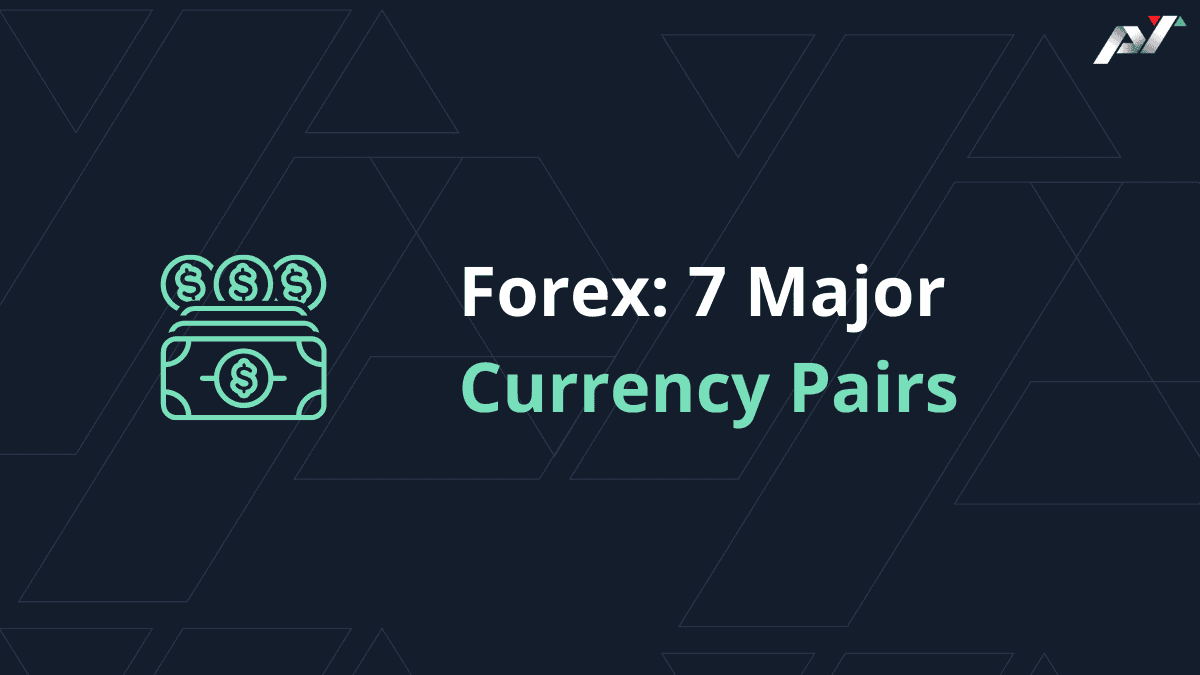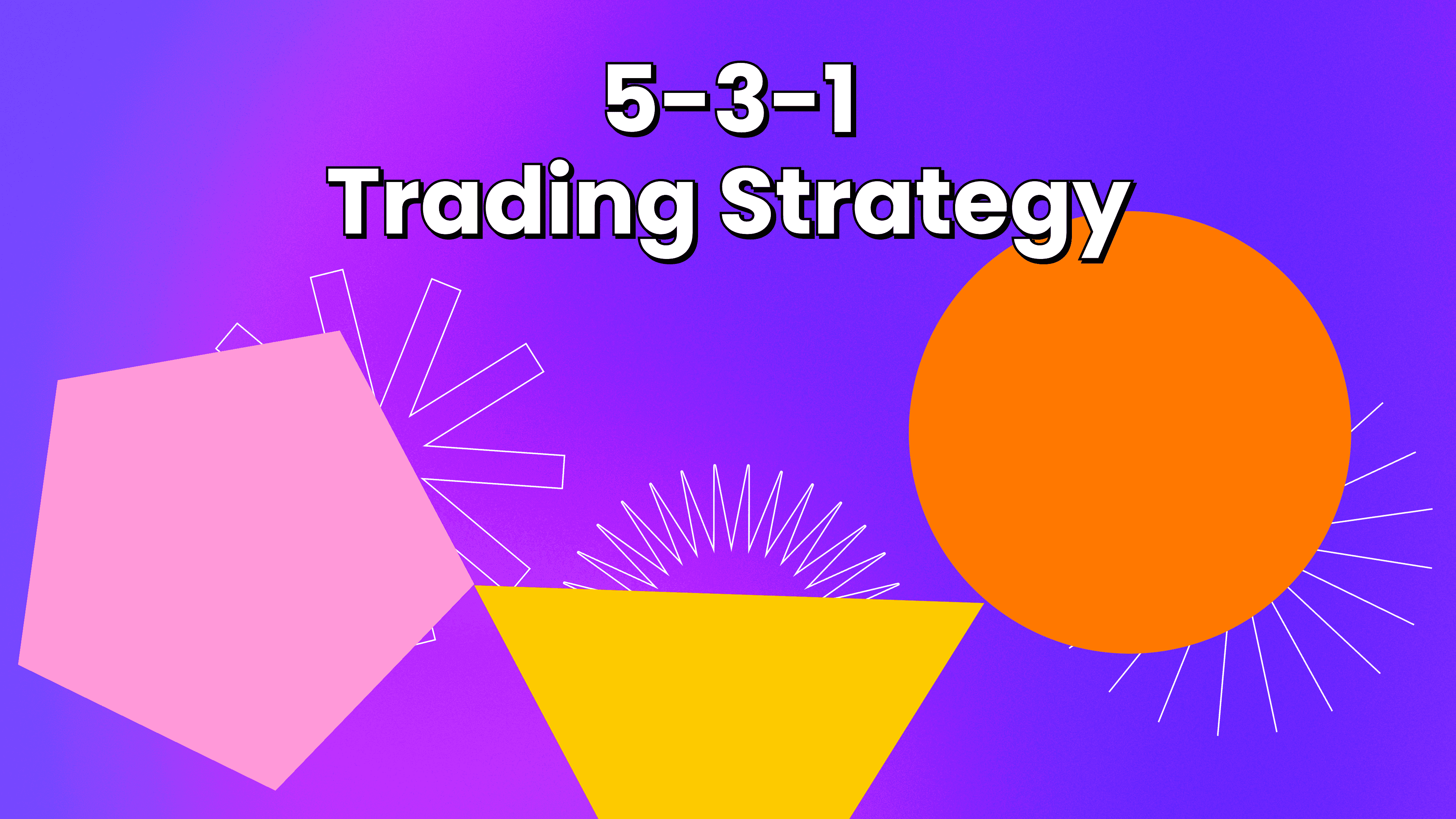Forex trading: the 7 major currency pairs






The forex market, also called the foreign exchange market, is the world’s largest and most liquid financial market with over $5 trillion worth of currencies traded globally every day. Forex is always traded in currency pairs as traders buy one currency and sell another. The currency pair itself can be viewed as a single unit, a financial instrument which is either bought or sold.
The basics of forex currency pairs
Currency pairs measure the value of one currency against another. A currency pair can be divided into two parts: the first currency is the base, the one a trader thinks will go up or down in value against the second currency, which is known as the quote or counter currency. The value of a currency pair is the amount one base unit is worth in the counter currency.
For example, when a forex trader sees EUR/USD at 1.23 it means the trader can exchange 1 euro for 1.23 US dollar. When the value of that currency pair changes, it means that the euro has appreciated or depreciated relative to the US dollar. Say the EUR/USD rises to 1.28, you can get more US dollar with the same single euro. That means the euro has strengthened, the dollar has weakened, or a combination of both.
The 7 major currency pairs
There are about 180 currencies in the world, but when it comes to forex trading there are just 7 major currency pairs which make up for roughly 75% of all forex markets. The major currency pairs are the most liquid with the largest volume of buyers and sellers, which means they typically have the tightest spreads – the difference between the bid (buy) and ask (sell) price. As the world’s leading reserve currency tied to the biggest economy, the US dollar is included in all 7 major currency pairs.
Here are the 7 major currency pairs that make up for most of the trading activity in forex markets:
EUR/USD – Fiber
Nicknamed “Fiber”, the EUR/USD (euro/US dollar) is the world’s most heavily traded currency pair accounting for 29% of all forex transactions in 2019. As both currencies represent the world’s largest economies, this currency pair consistently trades at high volumes with tight spreads.
USD/JPY – Gopher or Ninja
The USD/JPY (US dollar/Japanese yen) currency pair goes by two nicknames, “Gopher” and “Ninja”. It is the second most traded currency pair in forex markets and considered a safe haven by FX traders. Because the Japanese yen has zero to negative interest rates, forex traders often borrow JPY to invest it in higher yielding currencies – a tactic called carry trading.
GBP/USD – Cable
In the old days, bid and ask quotes were transmitted across the Atlantic Ocean using undersea cables, hence the nickname “Cable” for the GBP/USD (British pound/US dollar) currency pair. Typically, this major forex currency pair would share the same dynamics as the EUR/USD market as the UK’s economy was closely related to that of the European Union. However, now that the UK has separated itself from the EU after Brexit, the GBP/USD market is set to take a course of its own.
USD/CHF – Swissy
Dubbed “Swissy” for obvious reasons, the USD/CHF (US dollar/Swiss franc) is a major forex currency pair that mainly derives interest from forex traders due to the CHF being a safe haven currency. Many forex traders seek shelter in the Swiss franc during volatile times as the currency is tied to Switzerland’s robust economy which is separate from the EU, and run by a stable and reliable government.
AUD/USD - Aussie
The “Aussie” currency pair, AUD/USD (Australian dollar/US dollar), is tied to the Australian economy which is largely driven by mining commodities, wheat, wool and beef. Additionally, the Aussie also tends to move in relation to the economy of China as they are the top trading partner of Australia.
USD/CAD - Loonie
Another currency pair affected by commodities, the USD/CAD (US dollar/Canadian dollar) also known as “Loonie” is related to oil, natural gas and timber markets. As the two economies are close intertwined, USD and CAD have remained close to each other in value during the past decade, shifting back and forth between which currency has been stronger in this currency pair.
NZD/USD – Kiwi
National icon of New Zealand, the kiwi is a peculiar bird: it can’t fly, has hair-like feathers, sturdy legs and no tail. It is also the nickname of the NZD/USD (New Zealand dollar/US dollar) currency pair. The agricultural, forestry, mining and fishing industries play a crucial role in New Zealand’s economy and greatly affect the NZD/USD currency pair.
What moves the value of the 7 major currency pairs?
What moves each of the currencies included in the 7 major currency pairs has everything to do with their respective economies, and how they relate to the rest of the world. In a simplified view, there are 4 main factors that play a large role.
Economic data
Important economic data is released in reports which gave traders some insight as to the performance of a nation’s economy. Data that influences the value of currency pairs includes inflation, employment, gross domestic product (GDP), purchasing managers index (PMI), retail sales and more.
Interest rates
One tool at the disposal of central banks in order to maintain financial and monetary stability, is influencing interest rates. When interest rates increase, so too does the demand for the currency because traders are always looking for higher yield, which in turn further increases the value of the currency.
Government
Elections, scandals and policy changes all influence the forex markets. As the government has the power to shape the economy, what happens in the political world can increase or decrease a currency’s value.
Volatility
All three points above affect the forex markets, which at times can create a lot of volatility. The volatile price movements tends to influence the price even further, as savvy forex traders take strategic positions to make gains, pulling the market into further extremes.
How to get started with forex trading
Forex markets are always open, offering frequent trading opportunities as currency pair prices fluctuate constantly. While there are many more currency pairs than the major currency pairs listed in this article - such as ZAR, Gold, or Silver - it is advisable, especially for novice FX traders, to stick to the 7 major pairs as they are the most liquid with the tightest spreads. Most traders start with EUR/USD and USD/JPY to learn the basics of performing fundamental and technical analyses before they move on to trading other currency pairs.
Over time, you will begin to develop a trading style that fits your needs, goals, and risk appetite. Perhaps scalping is not right for you, but taking smaller positions using the appropriate leverage is. It takes time to find your trading style and strengthen your discipline. With Pocket Trader, you can connect to the wider trading community to learn from other traders, see how they make their pips across different instruments, and discuss trading ideas as they occur in real-time.
Open your Pocket Trader Demo Account to familiarise yourself with financial markets, and start lifting your game together with the rest of the community.


